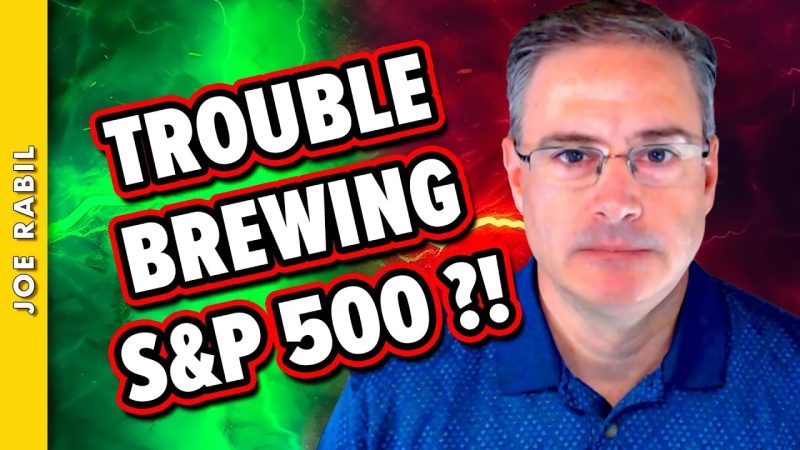In recent months, the S&P 500 index has experienced fluctuations that have caught the attention of investors and analysts alike. While market volatility is a normal occurrence, there are certain warning signs that investors should be mindful of to navigate potential downturns effectively.
One important indicator to watch is the performance of individual sectors within the S&P 500. If certain sectors, such as technology or consumer discretionary, start to underperform compared to others, it could signal broader issues in the market. Tracking sector rotation and relative strength can provide valuable insights into potential shifts in market dynamics.
Another warning sign to look out for is an inverted yield curve. Historically, an inverted yield curve, where short-term interest rates exceed long-term rates, has preceded economic recessions. This phenomenon suggests that investors are seeking the safety of longer-term bonds, reflecting concerns about the economy’s future prospects. Keeping a close eye on yield curve dynamics can help investors stay ahead of major market shifts.
Furthermore, geopolitical events and policy changes can significantly impact market sentiment and performance. Trade tensions, political uncertainty, and shifts in monetary policy all have the potential to trigger market downturns. Investors should stay informed about global economic developments and assess their potential implications for the S&P 500.
Additionally, monitoring market breadth can provide valuable clues about the overall health of the stock market. If a small number of stocks are driving market gains, while the majority are lagging, it may indicate that the market rally is fragile and susceptible to a reversal. Examining market breadth metrics, such as the advance-decline line or the percentage of stocks trading above their moving averages, can help investors gauge the underlying strength of the market.
Lastly, technical indicators, such as moving averages, trendlines, and relative strength indicators, can provide insights into the S&P 500’s short-term direction. Paying attention to key technical levels and trend patterns can help investors identify potential entry and exit points before major market movements occur.
In conclusion, while market downturns are inevitable, being alert to warning signs can help investors mitigate risks and make informed decisions to protect their portfolios. By closely monitoring sector performance, yield curve dynamics, geopolitical events, market breadth, and technical indicators, investors can navigate challenging market environments with greater confidence and resilience.

